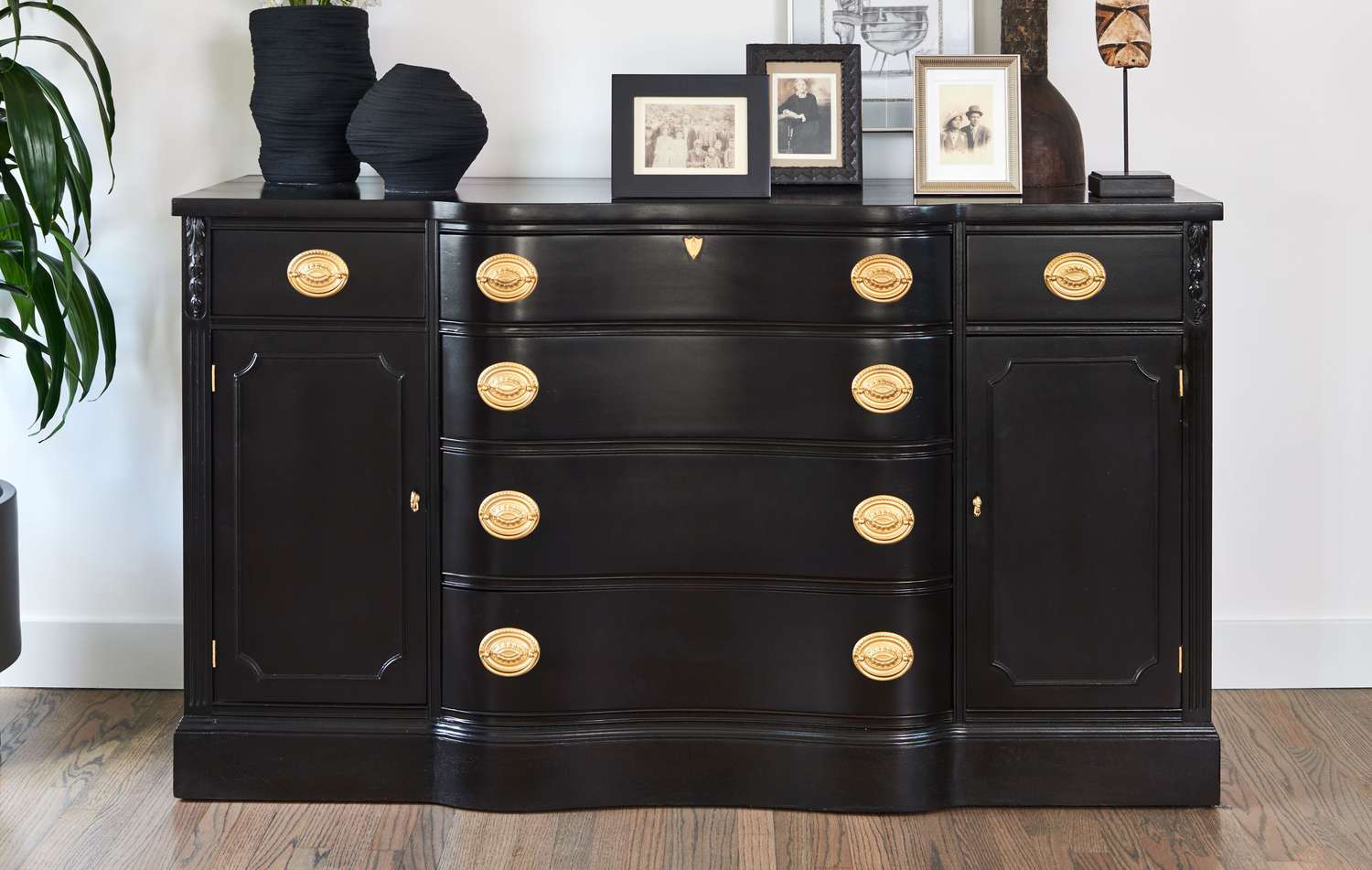

Furniture
What Is A Dresser
Modified: February 16, 2024
Discover the role and importance of a dresser in your home. Explore a variety of furniture options and find the perfect dresser for your needs.
(Many of the links in this article redirect to a specific reviewed product. Your purchase of these products through affiliate links helps to generate commission for Storables.com, at no extra cost. Learn more)
Introduction
Welcome to the world of furniture where functionality and style intertwine. One piece of furniture that embodies these qualities is the dresser. With its versatile design and practical use, the dresser has become a staple in bedrooms and living spaces around the world.
In this article, we will explore the world of dressers, diving into their definition, purpose, design, different types, materials used, and tips for choosing the right one. Whether you are a furniture enthusiast or simply looking to spruce up your living space, this comprehensive guide will provide you with all the information you need to know about dressers.
So, let’s begin our journey into the world of dressers and discover why these furniture pieces are more than just a place to store your clothes.
Key Takeaways:
- Dressers are versatile furniture pieces that offer storage, organization, and display options, making them essential for maintaining an organized and aesthetically pleasing living space.
- When choosing a dresser, consider factors such as storage needs, space constraints, and design preferences to ensure a well-suited and durable addition to your home.
Read more: What Is An Air Dresser
Definition of a Dresser
At its core, a dresser is a piece of furniture with multiple drawers that is primarily used for storing and organizing clothing items. It typically features a flat surface on top, which can be utilized for displaying decorative items, photographs, or even a television.
A dresser is designed to provide storage solutions for various items, including clothing, accessories, linens, and other personal belongings. It offers a convenient and efficient way to keep your possessions organized and easily accessible.
While dressers are commonly associated with bedrooms, they can also be found in other areas of the home, such as living rooms, entryways, or even home offices. Their versatile nature allows them to serve different purposes depending on the needs and preferences of the user.
With their practical functionality and aesthetic appeal, dressers have evolved over time to meet the changing demands of consumers. Today, you can find dressers in a wide range of styles, sizes, and materials, making them a versatile and customizable addition to any living space.
Purpose of a Dresser
The purpose of a dresser extends beyond its primary function of storing clothing. It serves as a vital piece of furniture that helps keep your living space organized and clutter-free. Here are some key purposes of a dresser:
- Storage: The main purpose of a dresser is to provide ample storage space for your clothing items, accessories, and personal belongings. The drawers allow you to neatly organize different categories of items, making it easier to find what you need.
- Organization: By providing designated compartments, a dresser helps you keep your belongings organized. You can separate your clothes by type, season, or any other category that suits your needs. This not only saves you time but also helps maintain a clutter-free environment.
- Display: The flat surface on top of a dresser offers an opportunity for you to showcase decorative items, family photographs, or even a small television. It acts as a focal point in the room, adding a touch of personal style and allowing you to personalize your living space.
- Convenience: Having a dresser in your bedroom or living area brings convenience to your daily routine. With your clothes neatly stored and easily accessible, you can quickly find and select outfits without rummaging through piles of clothing. This saves time and reduces unnecessary stress.
- Aesthetic Appeal: Dressers come in a variety of designs, from classic to contemporary, which allows you to choose a style that complements the overall aesthetic of your home. The right dresser can enhance the visual appeal of the room and create a cohesive and inviting atmosphere.
By serving these purposes, a dresser becomes an essential piece of furniture that helps you maintain an organized and well-functioning living space. It not only provides practical storage solutions but also adds beauty and charm to your home decor.
Design and Features of a Dresser
Dressers come in a wide variety of designs, each with its own unique features. The design and features of a dresser can greatly impact its functionality and aesthetic appeal. Here are some common design elements and features to consider when choosing a dresser:
- Size and Shape: Dressers are available in various sizes and shapes to accommodate different storage needs and fit into different spaces. From small, narrow dressers to larger, more spacious options, you can find the perfect size and shape to suit your preferences and available space.
- Number of Drawers: The number of drawers in a dresser can vary from a few to several, depending on the size and design. Consider your storage needs and the types of items you plan to store in the dresser when deciding on the number of drawers.
- Drawer Organization: Some dressers come with built-in organization features, such as dividers or compartments within the drawers. These features help you further separate and organize your belongings, allowing for even more efficient storage.
- Style and Finish: Dressers are available in a wide range of styles, from traditional and antique to modern and contemporary. Choose a style and finish that complements the overall aesthetic of your space and reflects your personal taste. Common finishes include wood, laminate, and painted options.
- Hardware: Pay attention to the hardware details of the dresser, such as the handles or knobs on the drawers. These small accents can significantly impact the overall look and feel of the dresser. Choose hardware that coordinates with the style of the dresser and adds a touch of visual interest.
- Mirror: Some dressers come with a built-in mirror attached to the top or back. Dressers with mirrors provide additional functionality and can serve as a convenient dressing area. They also help to brighten up a room and create the illusion of more space.
- Additional Features: Depending on the design and brand, dressers can come with additional features such as hidden compartments, jewelry trays, or even built-in charging stations. Consider these extra features if they align with your specific needs and preferences.
When choosing a dresser, consider the design elements and features that are most important to you. Keep in mind your storage requirements, available space, and the overall style you want to achieve in your living area. A well-designed and thoughtfully chosen dresser can enhance both the functionality and aesthetics of your space.
Different Types of Dressers
When it comes to dressers, there are several different types, each with its own unique design and functionality. Understanding the various types of dressers can help you choose the one that best suits your storage needs and personal style. Here are some of the most common types of dressers:
- Standard Dresser: Also known as vertical dressers or chest of drawers, standard dressers feature a tall and narrow design. They typically have multiple drawers stacked vertically, providing ample storage space while taking up minimal floor space. Standard dressers are versatile and can be used in a variety of settings, from bedrooms to entryways.
- Dresser with Mirror: A dresser with a mirror is a popular option for bedrooms. These dressers feature a built-in mirror either attached on top or as a separate piece. The mirror adds functionality and convenience, serving as a dressing area and reflecting light to make the room appear larger and brighter.
- Dresser with Hutch: A dresser with a hutch combines storage and display capabilities. It features a dresser with drawers for storage and a hutch or cabinet on top for displaying decorative items or storing additional belongings. The hutch can have open shelves, glass doors, or a combination of both, providing a stylish and functional storage solution.
- Lingerie Chest: Lingerie chests, also known as tallboys, are tall and slim dressers that feature several small drawers. They are specifically designed to store delicate and smaller items, such as lingerie, socks, or accessories. Lingerie chests are an ideal choice when you need additional storage for smaller items but have limited floor space available.
- Gentleman’s Chest: A gentleman’s chest is a larger and more robust dresser that provides a combination of drawer storage and hanging space. It typically features a section of drawers on one side and a closet-like space on the other side with a hanging rod for clothes. Gentleman’s chests are perfect for those who need both drawer storage and hanging space in one unit.
- Media Chest: A media chest is a dresser specifically designed to accommodate media equipment, such as a television, gaming consoles, or DVD players. It features a flat top or dedicated shelf space for the television, as well as drawers for storing media accessories. Media chests are a great option for bedrooms or living rooms where you want to incorporate entertainment elements into your storage solution.
These are just a few examples of the different types of dressers available. Each type offers its own set of advantages and can cater to specific storage needs. Consider the available space, storage requirements, and overall design aesthetic of your room when choosing the type of dresser that best suits your needs.
When choosing a dresser, consider the size and style that best fits your space and needs. Look for sturdy construction and ample storage options to keep your clothes and belongings organized.
Read more: What Is A Highboy Dresser
Materials Used in Dresser Construction
When it comes to constructing dressers, a variety of materials are used, each with its own unique characteristics and aesthetic appeal. The choice of materials can greatly impact the durability, style, and overall quality of the dresser. Here are some common materials used in dresser construction:
- Wood: Wood is one of the most popular and timeless materials used in dresser construction. Solid wood dressers are known for their durability and longevity. Common types of wood used include pine, oak, mahogany, and walnut. Wood dressers offer a natural, warm, and classic look and can be stained or painted to match various decor styles.
- Engineered Wood: Engineered wood, such as MDF (Medium-Density Fiberboard) or plywood, is a cost-effective alternative to solid wood. It is made by combining wood fibers or veneers with adhesives to create a strong and stable material. Engineered wood dressers are often covered with a veneer or laminate for added durability and a polished appearance.
- Metal: Metal dressers, typically made from steel or iron, offer a sleek and contemporary look. They are known for their sturdiness and can withstand heavy use. Metal dressers often feature a minimalist design and may incorporate other materials, such as glass or wood, to add visual interest.
- Glass: Glass dressers add a touch of modern elegance to a space. They usually feature glass panels on the drawer fronts or tops, providing a translucent and reflective surface. Glass dressers are often paired with metal or wood accents to create a stylish and contemporary look.
- Leather or Upholstery: Some dressers feature leather or upholstery elements, either as decorative accents or as the main material for certain parts of the dresser. This adds a luxurious and sophisticated touch to the piece. Upholstered dressers are commonly used in bedrooms or living areas where comfort and style are prioritized.
- Combination of Materials: Many dressers incorporate a combination of materials to achieve a unique and visually appealing design. For example, a dresser might have a solid wood frame with metal drawer pulls or a glass top with wooden or metal legs. These combinations allow for creative and customized designs that can suit a range of interior styles.
The choice of material depends on factors such as budget, desired style, and intended use. Solid wood dressers are often favored for their durability and classic appeal, while engineered wood and metal options offer affordability and contemporary designs. Consider your preferences and the overall aesthetic you want to achieve when choosing the material for your dresser.
How to Choose the Right Dresser
Choosing the right dresser for your needs involves considering various factors, including functionality, style, and practicality. Here are some key points to keep in mind when selecting a dresser:
- Consider Your Storage Needs: Assess the amount and types of clothing items and personal belongings you need to store in the dresser. This will help determine the number of drawers, size, and overall storage capacity that suits your requirements.
- Measure Your Space: Take accurate measurements of the area where you plan to place the dresser. Consider the height, width, and depth to ensure the dresser fits comfortably in the space without overwhelming the room.
- Think About Style and Aesthetic: Consider the overall style and decor of your space. Choose a dresser that complements the existing design and adds a cohesive element to the room. Whether you prefer a traditional, modern, or eclectic style, select a dresser that aligns with your aesthetic preferences.
- Quality and Durability: Look for dressers that are well-built and made from durable materials. Consider the construction details, such as the quality of joints, drawer glides, and the overall stability of the dresser. This ensures that it will withstand regular use and stand the test of time.
- Evaluate Drawer Functionality: Test the drawers to ensure they open and close smoothly and have sturdy hardware. Consider the depth of the drawers and whether they are spacious enough to accommodate your clothing items without overcrowding.
- Consider Additional Features: Depending on your specific needs, look for dressers with additional features that enhance functionality. This could include built-in dividers, hidden compartments, or a built-in mirror.
- Budget: Determine your budget range for the dresser. This will help narrow down options and prevent overspending. Remember to prioritize quality and craftsmanship within your budget to ensure long-term satisfaction with your purchase.
- Read Reviews and Seek Recommendations: Before making a final decision, read reviews and seek recommendations from others who have purchased similar dressers. This will provide insights into the quality, durability, and overall satisfaction of the product.
By considering these factors, you can choose a dresser that meets your storage needs, fits your space, aligns with your style preferences, and offers long-lasting durability. A well-chosen dresser is not only a practical storage solution but also a beautiful addition to your living space.
Tips for Organizing a Dresser
An organized dresser can make your daily routine more efficient and help maintain a clutter-free living space. Here are some useful tips to help you maximize the storage capacity and keep your dresser organized:
- Purge and Declutter: Start by decluttering your clothing items. Sort through your clothes and accessories, and donate or discard any items you no longer wear or need. This will create more space in your dresser for the items you use regularly.
- Sort by Category: Categorize your clothing items into groups such as tops, bottoms, socks, undergarments, and accessories. This will help you better organize and locate specific items when needed.
- Utilize Drawer Dividers or Organizers: Invest in drawer dividers or organizers to separate and maximize the use of space within drawers. These dividers help keep items neatly grouped and prevent them from getting mixed up or tangled.
- Fold Clothing Neatly: Fold your clothes using a consistent method, such as Marie Kondo’s folding technique, to save space and make items more visible. Stack folded items vertically to easily see and access each piece without disrupting the rest.
- Use Drawer Liners: Consider using drawer liners to protect your dresser and keep items from shifting or sliding around. Additionally, scented drawer liners can add a pleasant fragrance to your clothing.
- Arrange Items Strategically: Place frequently worn or seasonal items in the most accessible drawers. Keep less frequently used items or out-of-season clothing in the back or higher drawers to free up prime storage space.
- Label Drawers: Labeling each drawer can help everyone in the household know where to find specific items and maintain the organized system. This is especially useful if you share the dresser with a partner or family members.
- Store Small Accessories: Use small bins or trays within drawers to store accessories like jewelry, belts, and scarves. This ensures that these items are easily visible and prevents them from getting tangled or lost.
- Utilize Top Surface: Make use of the dresser’s top surface by displaying a few decorative items or jewelry boxes. However, avoid overcrowding the surface, as it can make the dresser appear cluttered and make it difficult to find items on top.
- Maintain Regular Maintenance: Every few months, take the time to declutter and reorganize your dresser. This will help you assess which items you no longer need and ensure that everything remains in its designated place.
By implementing these tips, you can transform your dresser into a well-organized space that makes getting dressed a breeze and keeps your belongings easily accessible. Maintaining an organized dresser not only saves time but also helps create a calm and inviting environment in your bedroom or living space.
Maintenance and Care of a Dresser
To ensure the longevity and beauty of your dresser, it’s important to provide proper maintenance and care. Here are some tips to keep your dresser looking its best:
- Dust Regularly: Dust the surface of your dresser regularly using a soft cloth or microfiber duster. This helps prevent the buildup of dirt and dust, which can dull the appearance of the dresser.
- Use Coasters or Mats: If you place any items on top of your dresser, such as lamps or decorative objects, use coasters or mats to protect the surface from scratches, water rings, or heat damage.
- Avoid Direct Sunlight: Keep your dresser away from direct sunlight if possible. Prolonged exposure to sunlight can cause the wood or finishes to fade or warp over time.
- Use Furniture Polish: Periodically, use a furniture polish suitable for the type of wood or material your dresser is made of. Follow the manufacturer’s instructions for application and use a soft cloth to gently polish the surface, restoring its natural luster.
- Handle with Care: When opening or closing drawers, handle them gently to prevent damage to the drawer glides or hardware. Avoid slamming or forcing drawers shut as this can cause them to become misaligned or lead to structural damage.
- Check for Loose Hardware: Regularly inspect the dresser for any loose knobs, handles, or drawer pulls. Tighten them as needed to ensure they are secure and functioning properly.
- Address Stains or Spills Promptly: If any spills or stains occur on your dresser, address them as soon as possible. Blot the spill with a clean cloth and avoid rubbing, as this can spread the stain. Use a mild detergent and water solution to gently clean the affected area, then thoroughly dry it.
- Avoid Excessive Weight: Do not overload the drawers or place unusually heavy items on top of the dresser. Excessive weight can strain the structure or cause the drawers to become difficult to open and close.
- Follow Instructions for Assembly: If your dresser requires assembly or comes with any specific instructions, be sure to follow them carefully to ensure proper construction and stability.
- Periodically Rotate Contents: To prevent uneven wear on the drawers or excessive pressure on specific items, consider periodically rotating the contents of your dresser. This helps distribute the weight and keeps the dresser functioning optimally.
By following these maintenance and care tips, you can preserve the beauty and functionality of your dresser for years to come. A well-maintained dresser not only enhances the overall look of your space but also adds value and enjoyment to your everyday life.
Read more: What To Put Above The Dresser
Conclusion
A dresser is more than just a piece of furniture; it is a functional and stylish storage solution that adds character and organization to your living space. From storing clothing and accessories to displaying cherished items, dressers serve a vital role in keeping your belongings tidy and easily accessible.
Throughout this article, we explored the definition, purpose, design, different types, materials used, and tips for choosing and organizing a dresser. We discussed how dressers come in various shapes, sizes, and styles to cater to different storage needs and aesthetic preferences. Whether you prefer a classic wooden dresser, a sleek metal design, or a combination of materials, there is a dresser out there that fits your personal style.
When selecting a dresser, it’s important to consider factors such as storage needs, available space, and overall design aesthetic. By following our tips for organizing and maintaining your dresser, you can ensure that it remains a practical and visually appealing piece of furniture in your home for years to come.
Remember, a well-organized dresser not only provides a functional storage solution but also brings a sense of calm and order to your living space. With everything neatly tucked away and easily accessible, you can start each day with ease and enjoy a clutter-free environment.
So, whether you’re revamping your bedroom, looking to add storage to your living area, or simply in need of a stylish piece of furniture, consider investing in a dresser that suits your needs and reflects your personal style. With its versatile design and practical functionality, a dresser is an essential component of any well-designed and organized living space.
Frequently Asked Questions about What Is A Dresser
Was this page helpful?
At Storables.com, we guarantee accurate and reliable information. Our content, validated by Expert Board Contributors, is crafted following stringent Editorial Policies. We're committed to providing you with well-researched, expert-backed insights for all your informational needs.
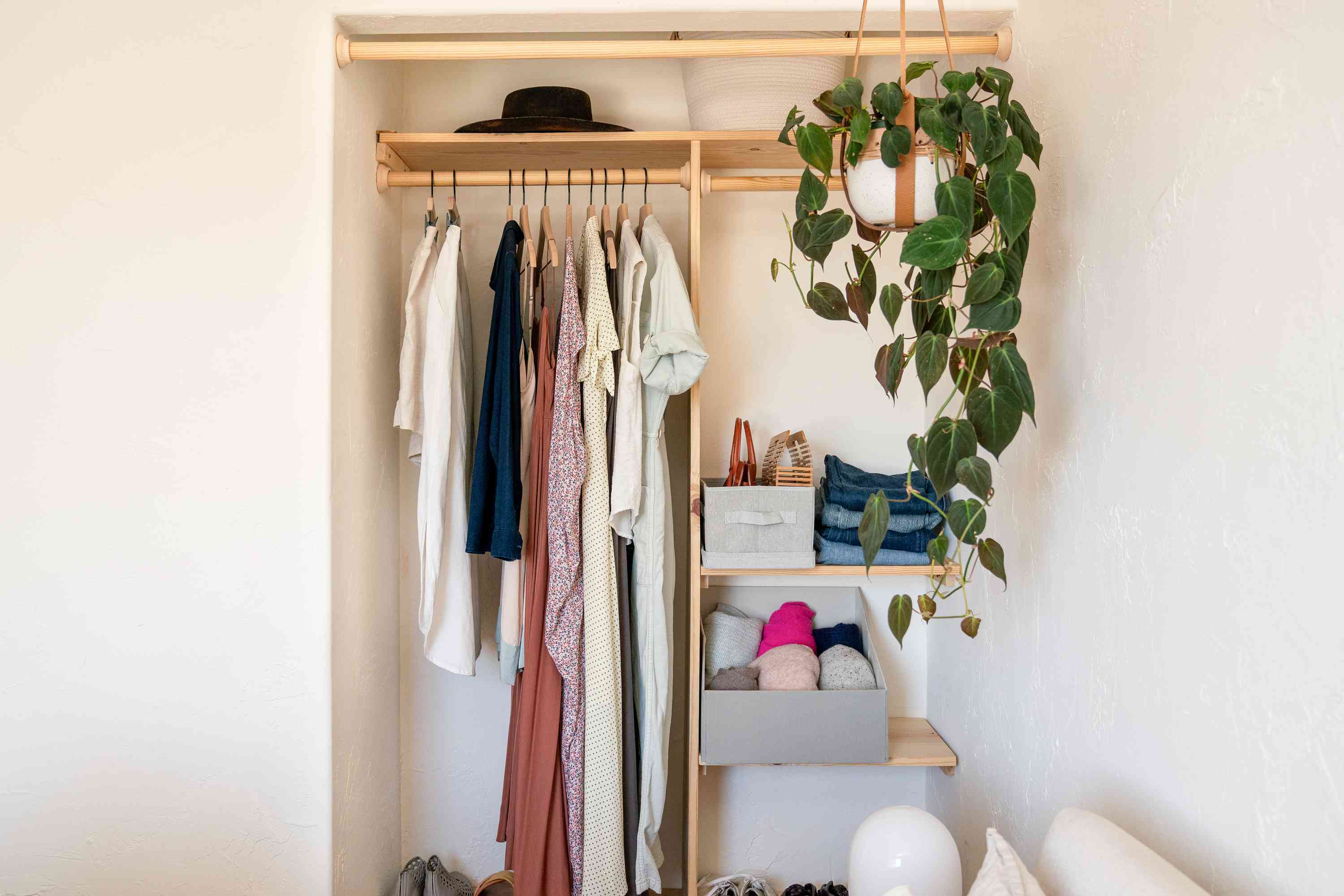
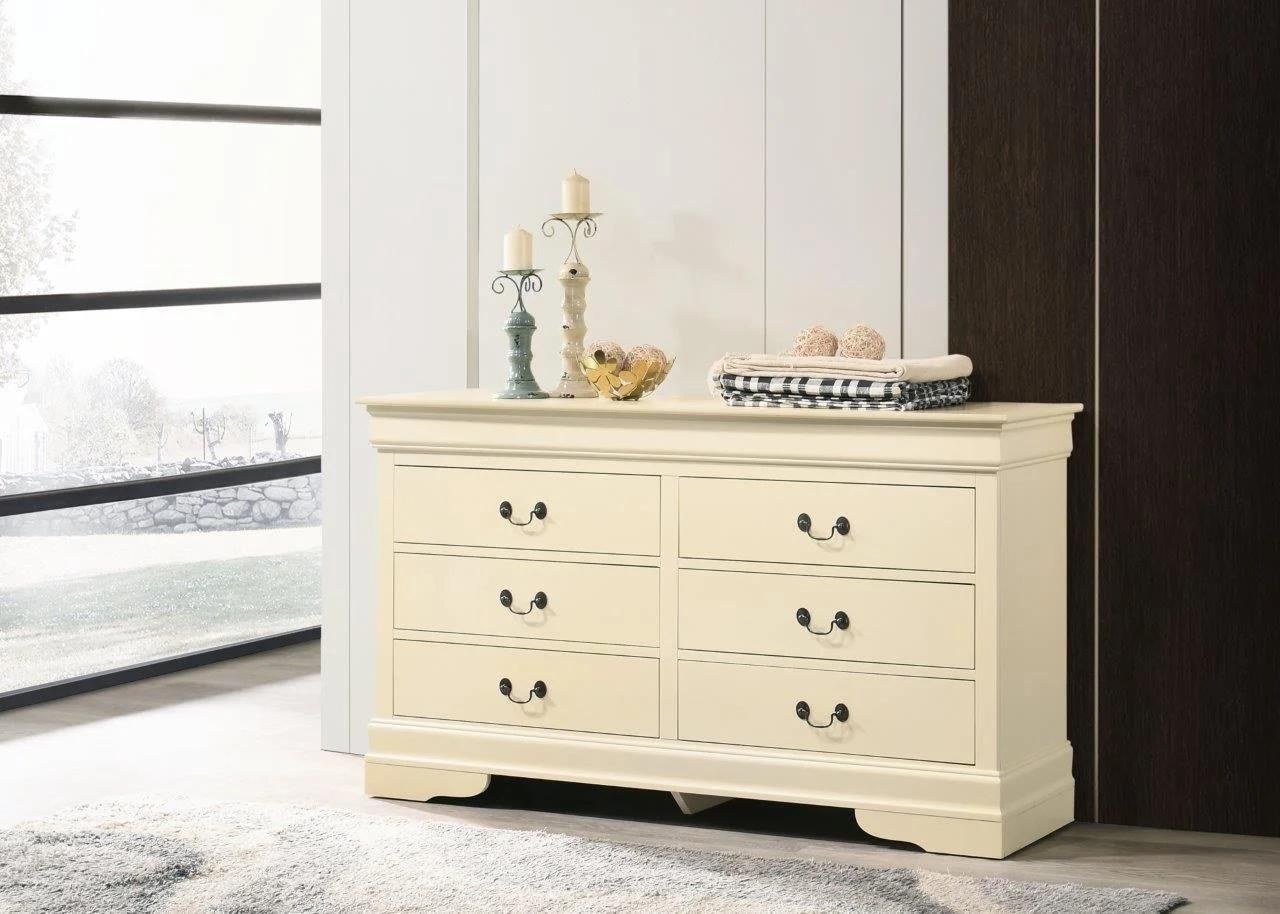
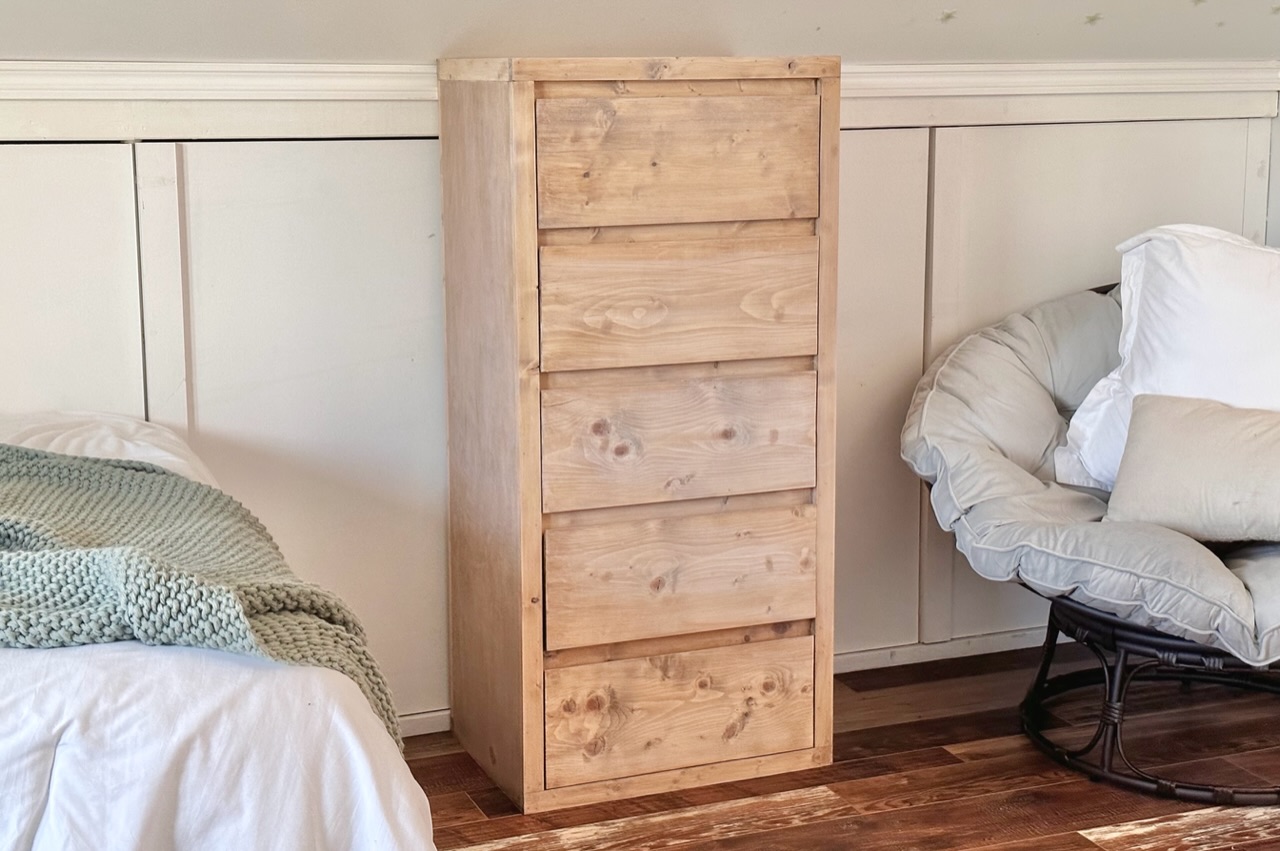
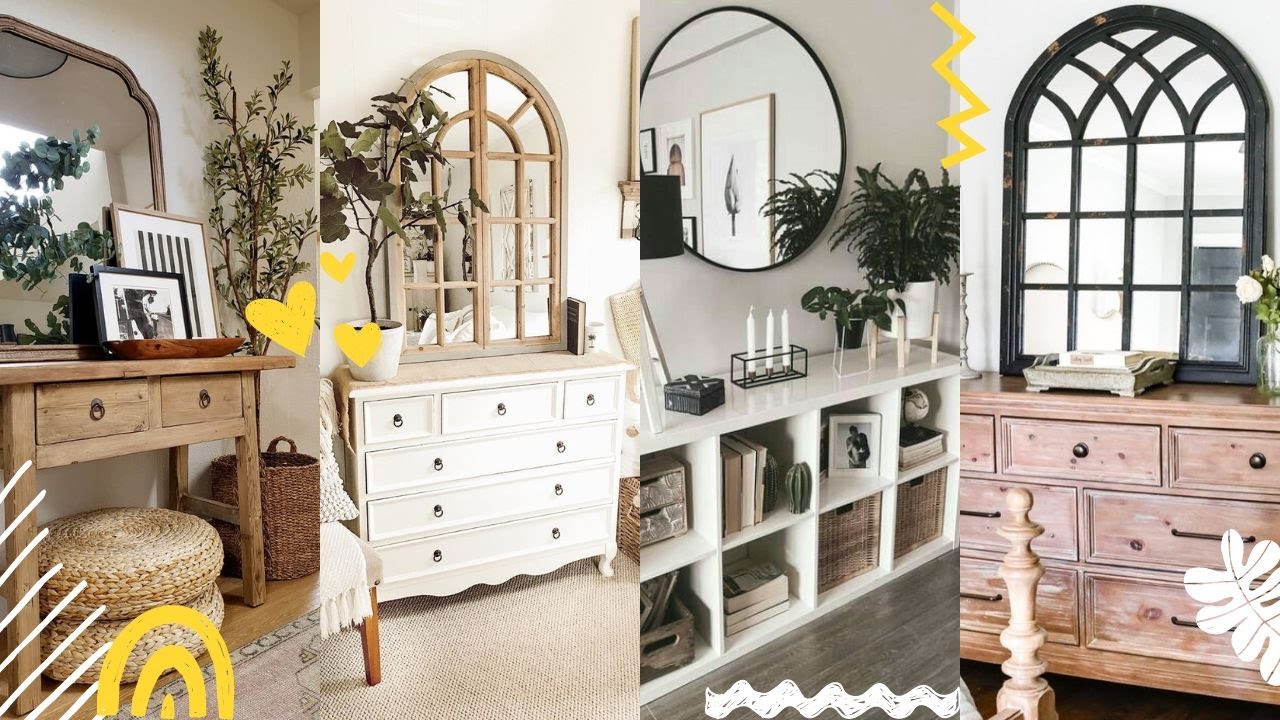
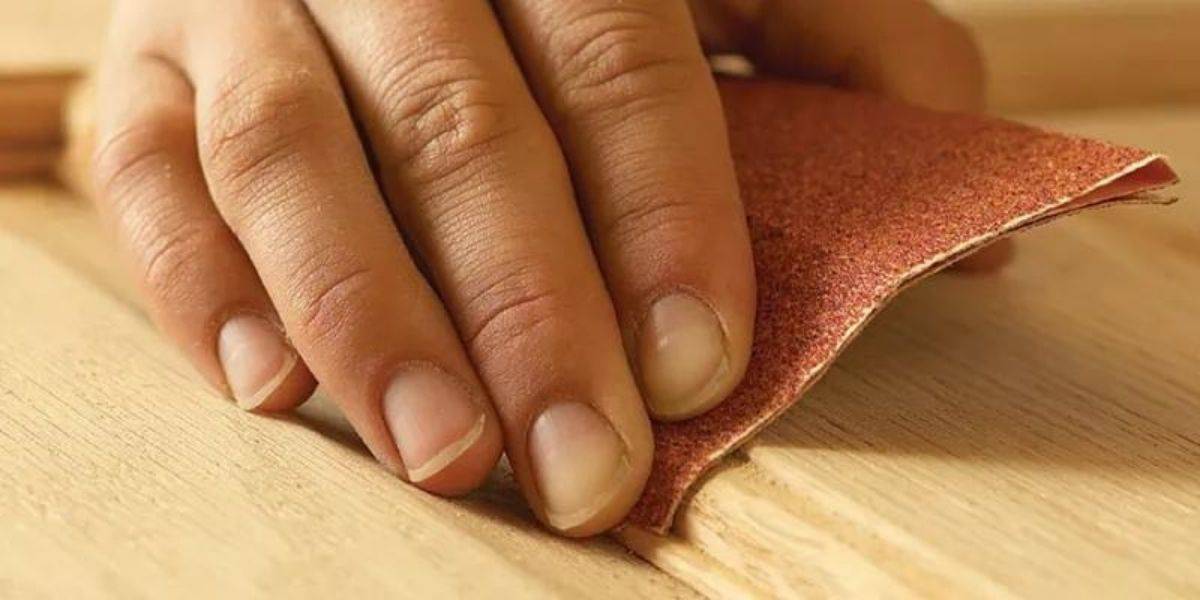
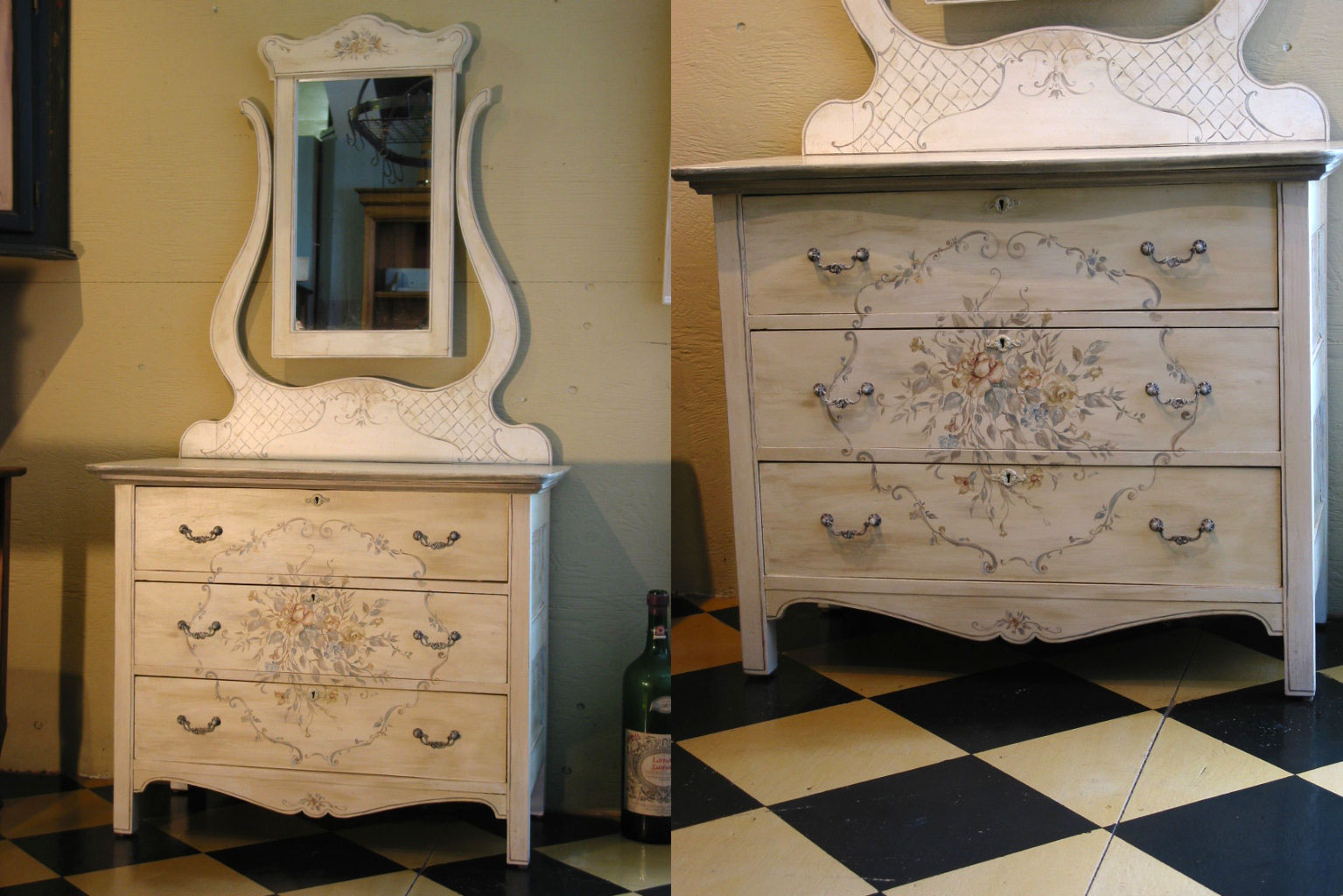
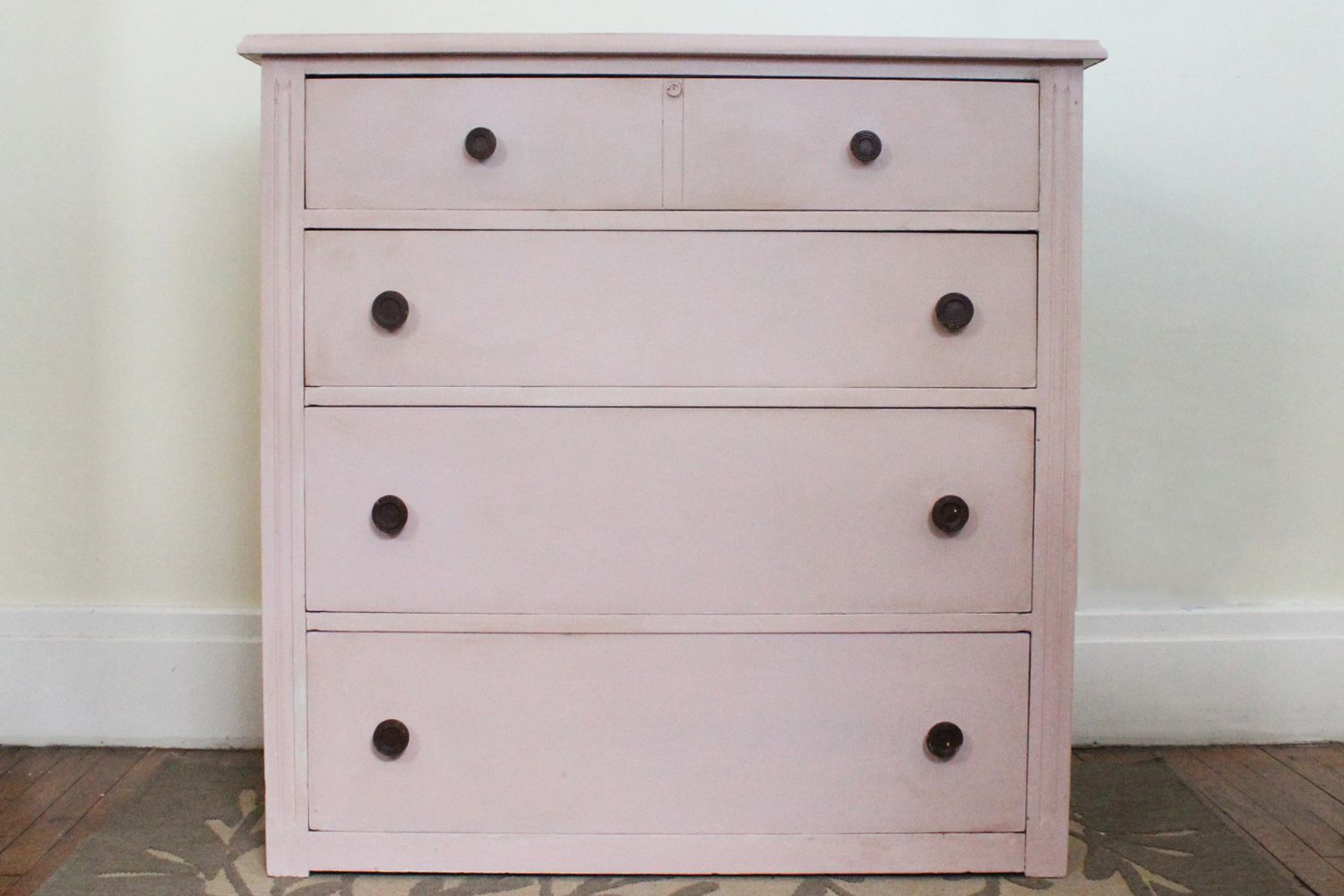
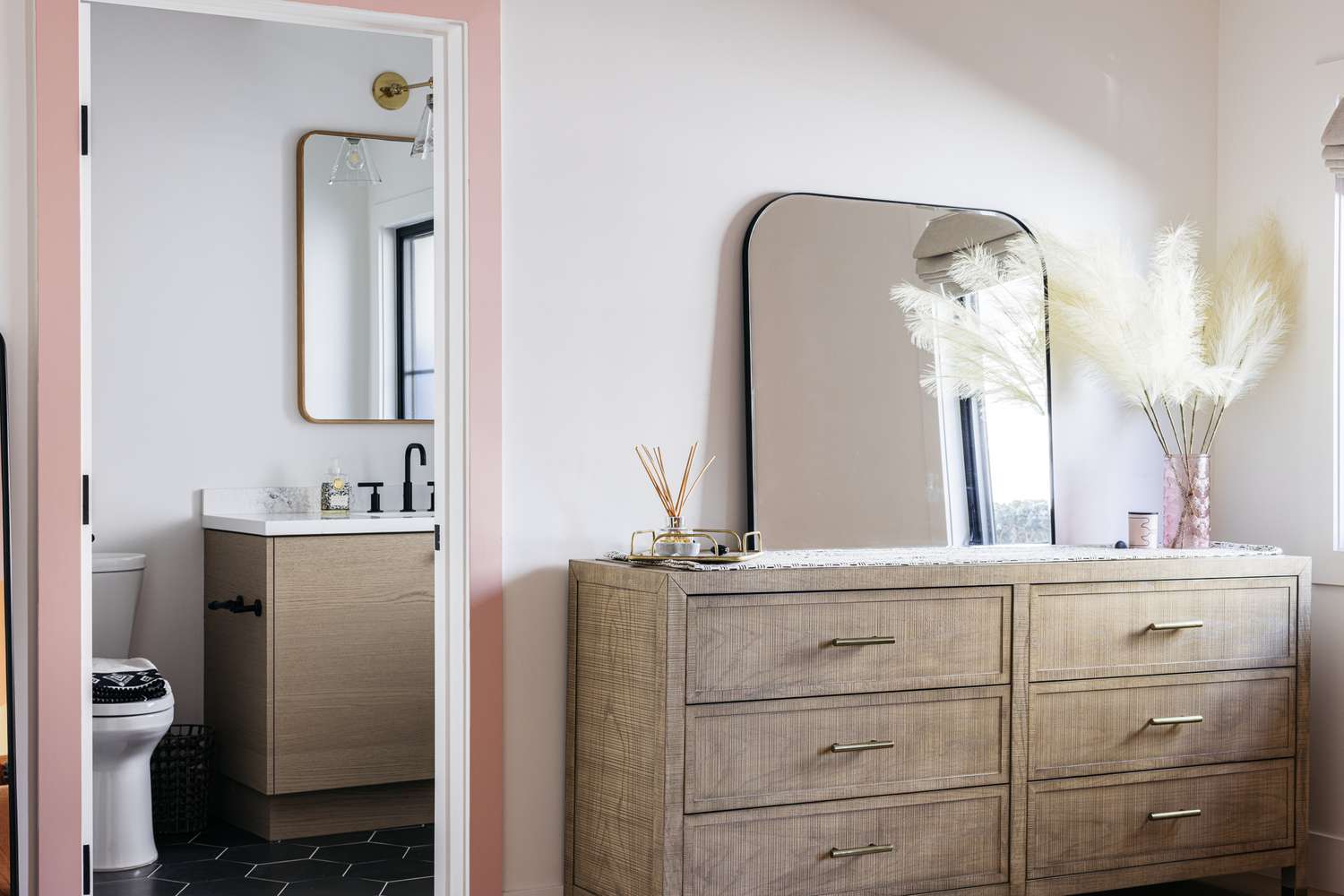

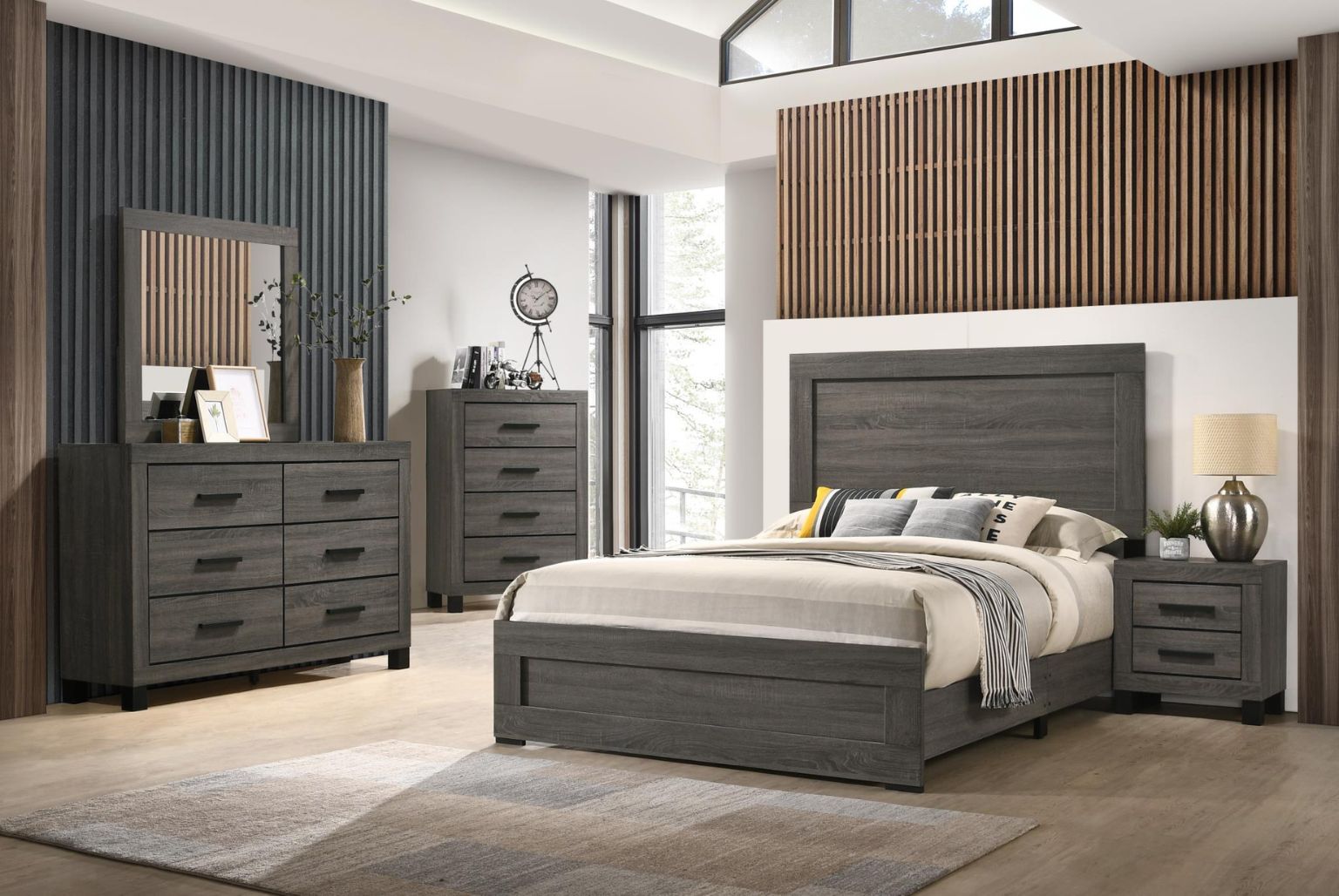
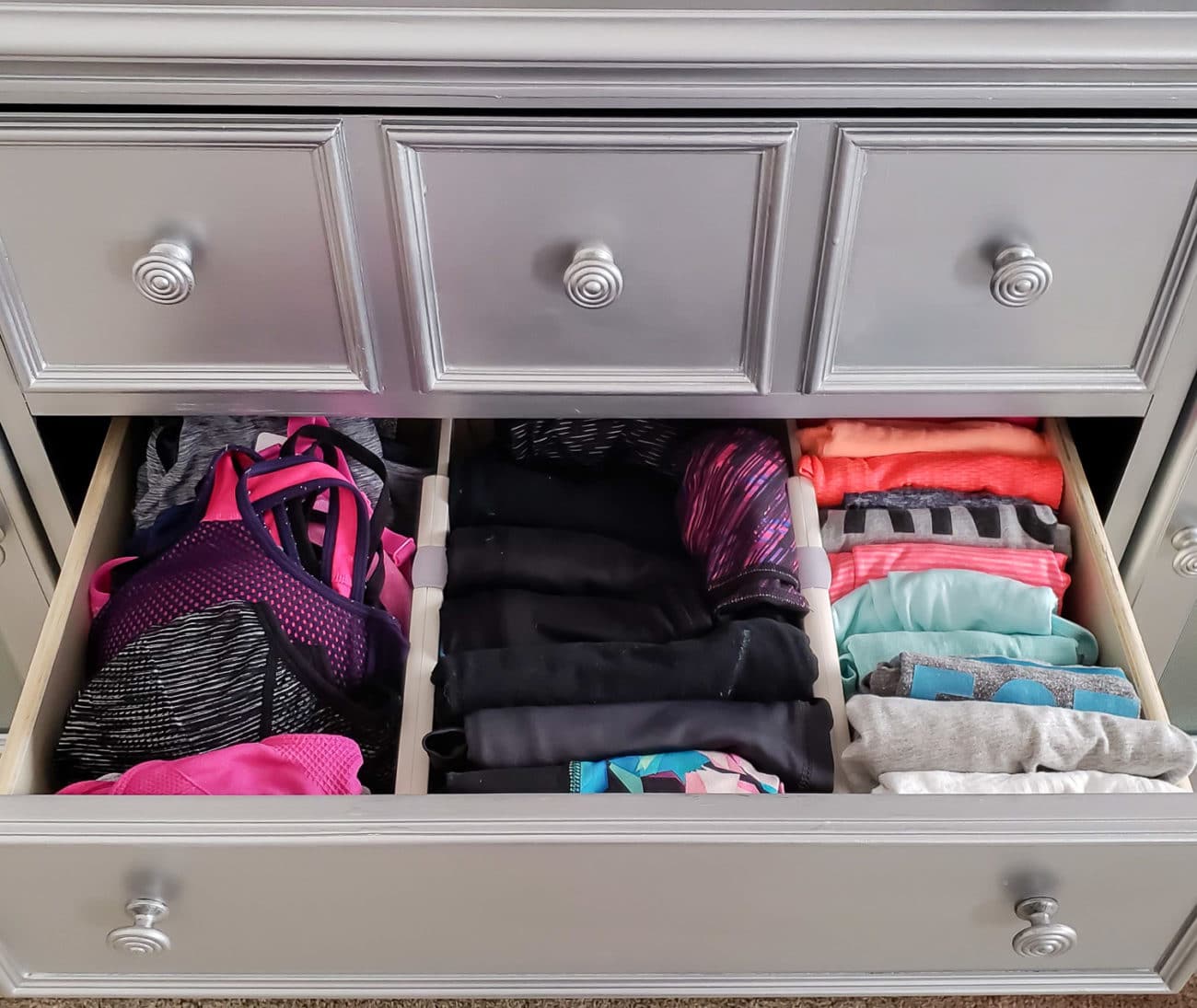
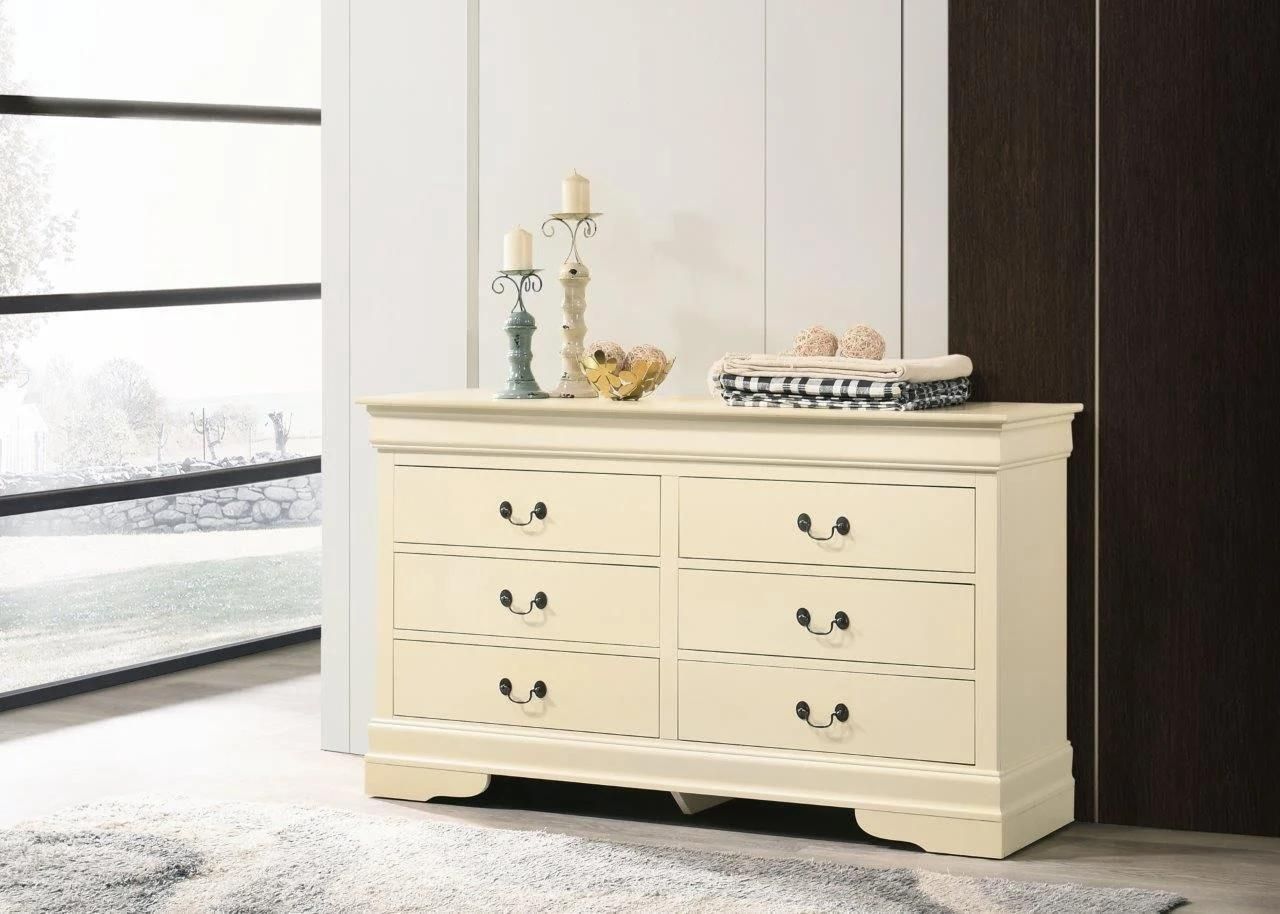
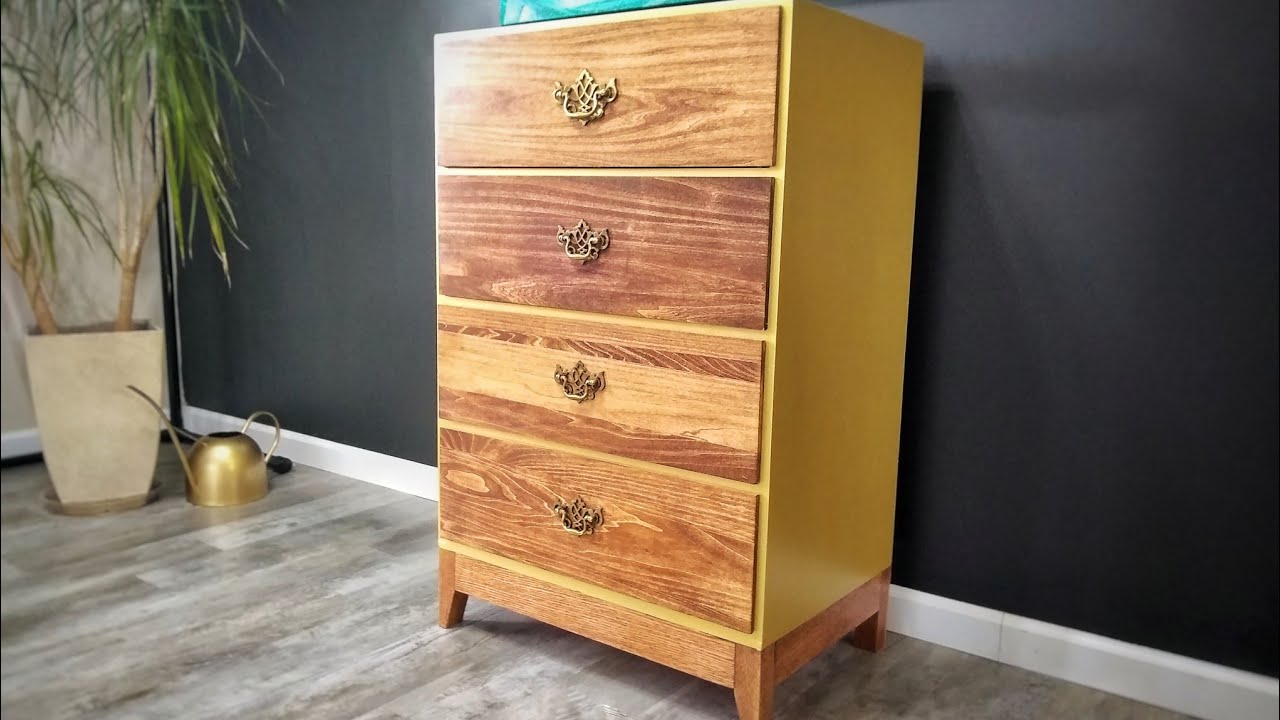

0 thoughts on “What Is A Dresser”